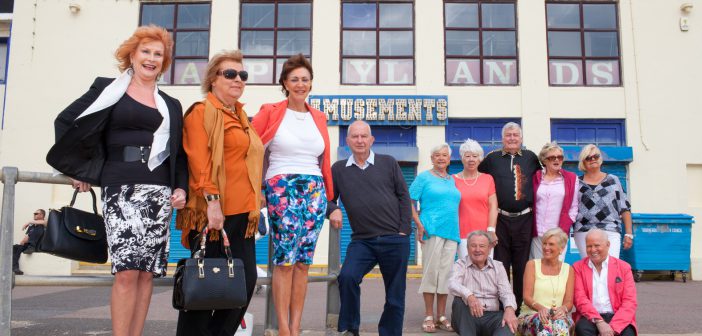Adherence to the long-standing tradition of age and life-cycle segmentation runs the risk of brands not only failing to engage their audiences successfully but, ultimately, of alienating them.
Life patterns are evolving and the assumption that consumer needs and desires are consistent with age is becoming increasingly precarious. The refresh this year of OMD UK’s very first Future of Britain study from 2013 provided a stark reminder of this. We also saw similar trends emerge from our Future of Parenting and Future of Generations research in the last couple of years.
This year’s Future of Britain research revealed that the traditional lifestyle model – leave education, get a job, get married, have kids, retire – is no longer valid. Younger adults, we found, are actively choosing to delay life-events: the average age for marriage, for example, is now 38 (compared to just 21 in 1971, and 34 in 2013). In fact, a significant proportion of 18-24-year-olds never even expect to realise those life-events: 30% never expect to marry, 27% never expect to have children with the same percentage never expecting to buy property. The implications for brands are many and varied, from products developed for traditional life-stage profiles missing a wider potential customer base to the need to identify more accurate buying signals not linked to age.
Similarly, among older cohorts, we see a generation far from winding down. Despite being on the cusp of retirement age, only half of 55-64-year-olds expect to do so, with more than a third expecting to take on work post-retirement, with the primary motivation “to keep mentally and physically agile”, suggesting a drive to remain younger in attitude, behaviour and experiences than “predecessors”. A quarter of this age group is actively considering a course of Higher Education study, with “an increase in career prospects” cited as the main motivation for doing so. Clearly, they are not reaching for their slippers just yet and so much of the ‘grey market’ messaging often aimed at them risks fuelling their ire as does a bias towards younger targeting for products and services relevant to them.
The family construct is also shifting, with over 3 million families in the UK no longer adhering to the stereotype of a heterosexual married couple with 2.4 children. In the last decade, there has been a 56% rise in the number of households with more than one family in them and a 15% increase in lone parent families. Brands must, therefore, be wary of the representation of the traditional nuclear family and strive instead for inclusivity.
Based on this insight framing and serving messages based on traditional life-stage assumptions will clearly miss the mark. It forces marketers to assume that emotional and rational drivers are consistent within each generation when different attitudes are often shared cross-generationally.
We must recognise that many consumers are time-poor, intolerant of invasive ad engagement or simply blind to messaging that is not relevant to their time, place or mindset.
And critically, the good news is that we are now fully-armed to meet that demand.
In today’s increasingly always-on age, we can pick up real-time data signals, from search and browsing behaviour for example, that not only identify a consumer’s propensity to buy, but also the moment at which they’re in-market to buy – regardless of life-stage. And rather than rely on age-based segmentation as a proxy for brand or product relevancy, we can now build audience built on attitudes and behaviour from what we call deterministic data, that open up potential sources of demand for marketers. And specifically, we can use these data signals to trigger advertising messages that serve consumer needs at each stage of the customer journey.
Real-time data is the marketer’s new secret weapon and, used sensitively, can create a positive experience for all. By using data to identify, in real-time, who’s in-market for their products, regardless of age and life-stage, brands no longer need to be expensively ‘always on’, but “always- ready”.



